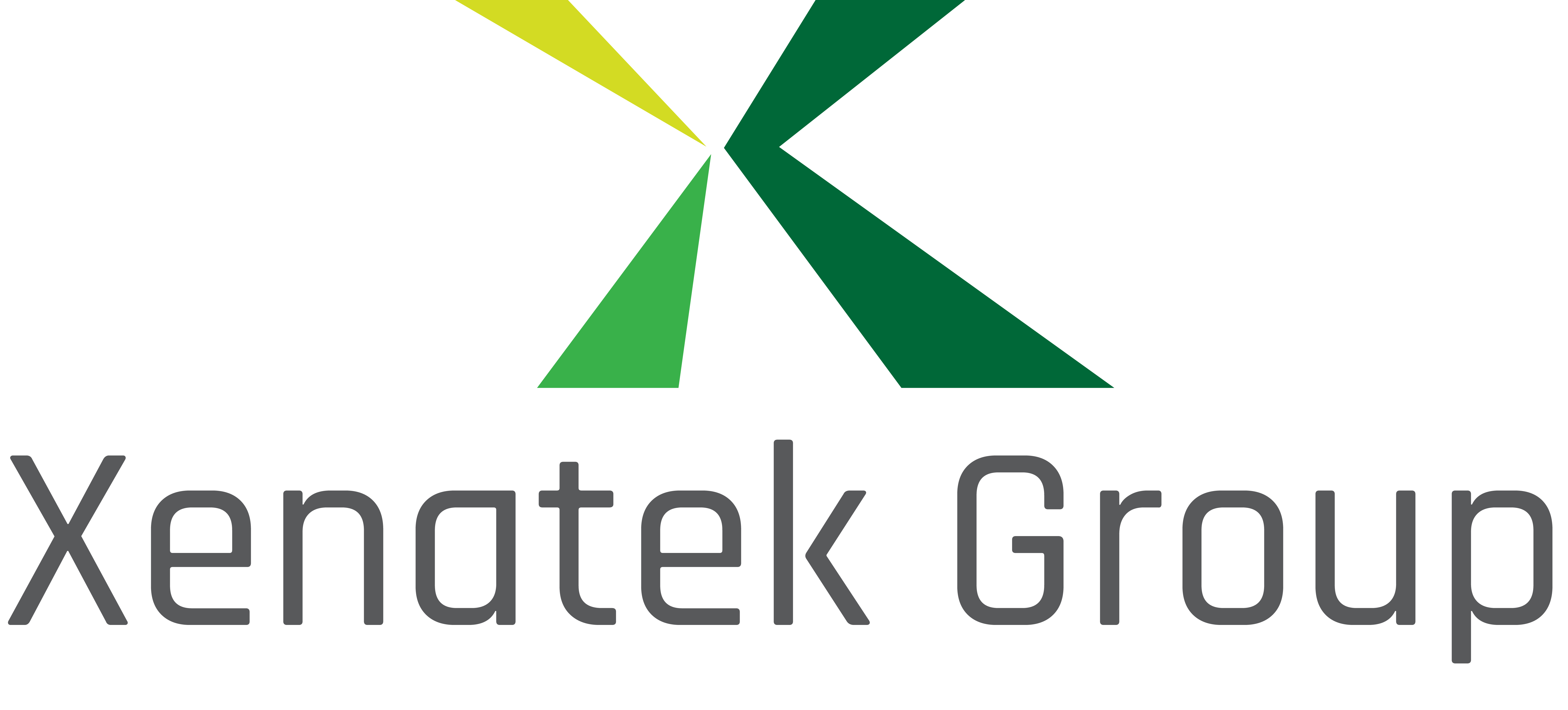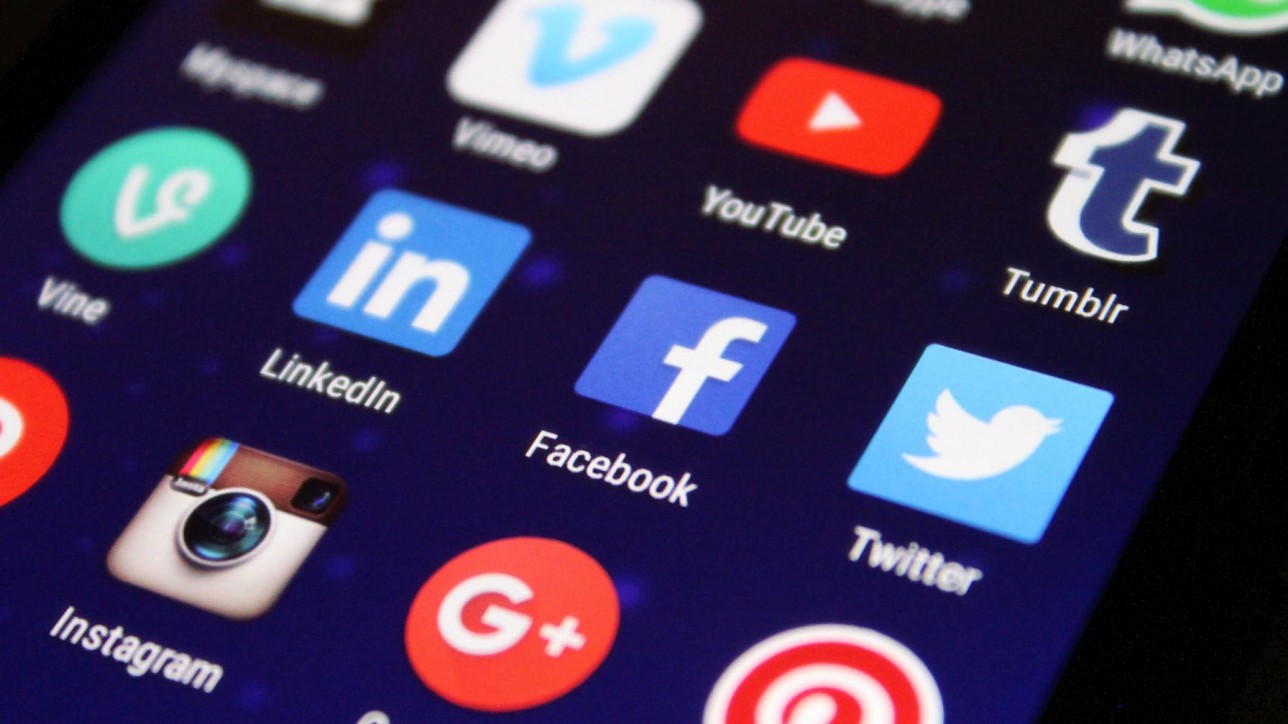A Snapshot of Marketing Tools
With an ever-changing business landscape and diverse audiences to reach, it becomes critical to utilize the proper tools.
This post is a snapshot of 4 popular methods (video, email, social media, direct mail) that marketers use to engage an audience, and where they work well in the customer life-cycle.
Online Video
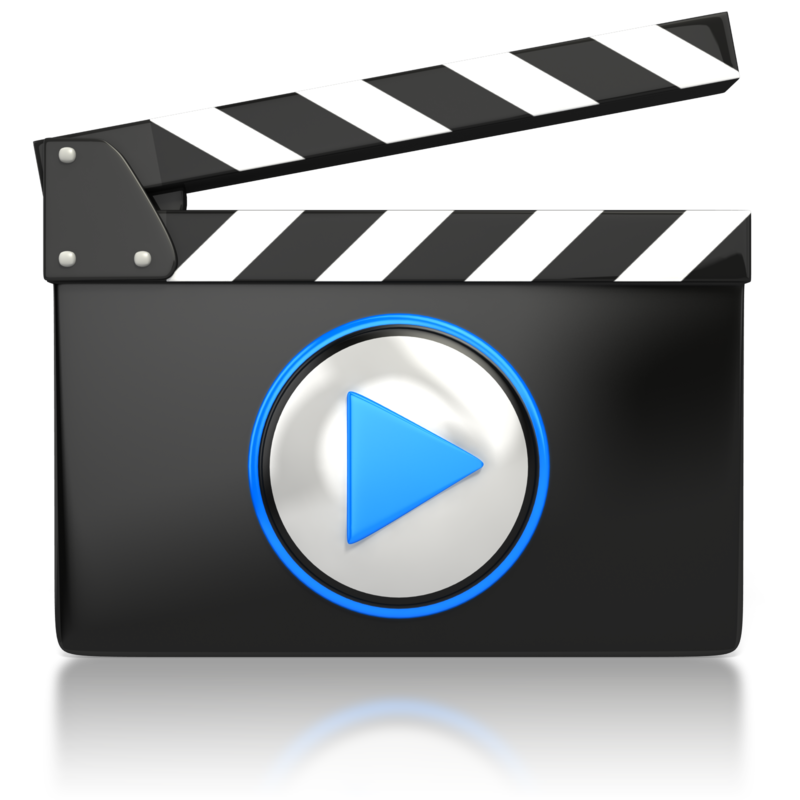 Video is arguably the most personal form of marketing online.
Video is arguably the most personal form of marketing online.
Viewing online Video allows an audience to see and feel the brand in both a visual and audible way that other platforms can’t.
In addition to seeing (such as reading an email, website copy, or an ad), the audience also hears about the company, from a voice over, actor, or real testimony.
Because video is so engaging it produces an experiential-connection leaving customers with feelings. If executed well, the feelings felt will be to respond and act!
Having a call to action within the video is the only way this classifies as a Direct Response tool, so putting a link, email, or phone number works.
Who is Video for? Customers in all stages: Prospect, Current, Lost
Price? Video is more expensive than other online tools, if you hire a professional. Prices can range depending on the project.
Accomplishes: Videos build a brand and engages the audience.
Types: Ads, Testimonials, Informational
More good video content here
Xenatek partners with an incredible production company if you’re searching for a high-quality video, voice-overs, or help with video content!
Email
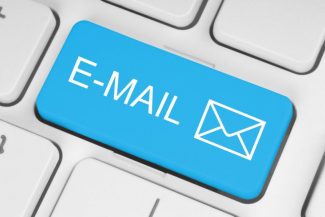
Email is one of the most powerful tools at every level of the customer life-cycle.
Compelling content with personnel copy-writing, compelling design, and intuitive layout make for excellent customer engagement. There are many different types of emails.
Prospecting emails: these emails are sent to potential customers and have the lowest ROI because the customer may not know your brand yet. Inserting a video is one way to promote brand, however pictures and video can mean the email is filtered into a spam folder.
Engaging emails: these emails are sent to engage customers and promote new promotions or upsell a customer. They can also be used to inform of an upcoming event or new product offerings. There is no limit to what you can put in an email. Just make sure the email brings value to the recipient!
Thank you emails: these emails have become necessary after a purchase and customers are looking for them in their inboxes.
Follow-up emails: Follow-up emails when you join a list or sign up for something is critical to engage your audience. Another follow-up after purchase strategy is sending an engaging email. Using a survey to engage a customer and receive feedback, will show them their input is valuable and you care. Tailored promotions following a purchase also make customers feel appreciated. Follow-up is critical to retaining customers.
If you’re not using email in your online strategy, you are losing out on a huge opportunity. The ways to execute an email are vast and testing is critical to ensure the email is working.
Who is Email for? Customers in all stages: Prospect, Current, Lost
Price? Automating emails means the price is whatever the software you use for automation.
Accomplishes: Engages the customer and keeps your brand top-of-mind.
Types: Prospecting, Engaging, Thank you, Follow-up
More Good email content here . Our team has all the tools if you need help with your emails!
Social Media
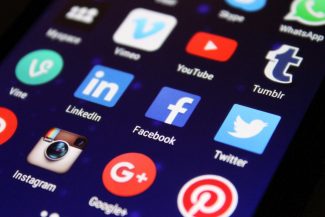 Virtually everyone is on social media and there are many platforms that engage an audience.
Virtually everyone is on social media and there are many platforms that engage an audience.
Facebook
Instagram
LinkedIn
Twitter
Snapchat
YouTube
The biggest player is Facebook, so this “snapshot” will brush over the highlights. Since Facebook is worldwide, it has over a billion users and numerous ways to target geo-specific and subject-specific audiences. A company can engage Facebook in powerful ways to promote their services or products— we’ll touch on Facebook’s 2 largest tools.
1) Business Page
2) Advertising
When using a social media platform, it is important to identify your audience and stick to your brand. Strong brands with clear promotional content between different platforms will alleviate any brand-confusion.
If your company is one voice on Facebook and a different voice on Twitter, you may need to revisit your brand and establish your voice at a higher level.
Who is Social Media for? Customers in all stages: Prospect, Current, Lost
Price? Depends on what you do. Posting is the cost of the employee to maintain and update content. Designers also may get involved and they have a price. Advertising varies depending on your campaign.
Accomplishes: Engages the customer and keeps your brand top-of-mind.
Types: Advertising, business pages, posts
More good facebook stuff here.
Direct Mail
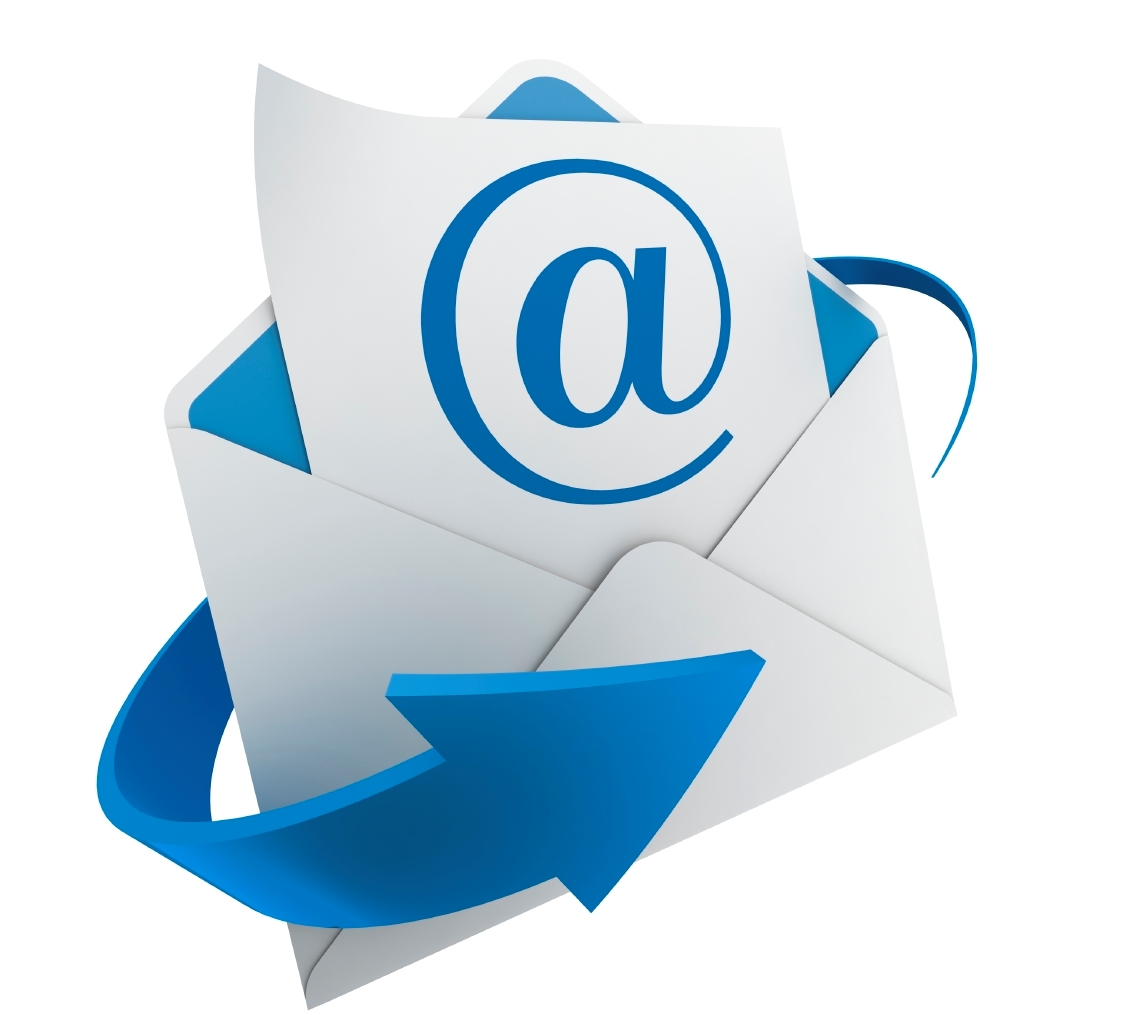
Direct Mail is alive and thriving amidst the Digital-era boom.
Since direct Mail is still a player in the game, as it reaches different demographics and gets high ROI, its worth bringing this tool into your strategy.
Statistics show time-and-again that Direct Mail receives better results than its digital counterpart: Email. (We’ll be posting more about the similarities of e-mail and direct mail in a future post.
The drawback of Direct mail is that you can only track response rates. Open rates and time of engagement will never be known. Another catch is that few digital marketers understand the process of printing and mailing a promotional piece. It can be expensive navigating direct mail if you don’t have someone to make sure you find the best prices and strategy.
More digital marketers are using direct mail integrated with their digital efforts. The customer opens an email, sees Facebook ads, clicks onto a landing page…then a week later a postcard shows up! A person can use 2 or more of these platforms to qualify as “multi-channel.”
The multi-channel marketing approach accomplishes two things: 1) Your company becomes top of mind (building brand) 2) Conversion or sales increase because different channels reach different people.
Who is Direct Mail for? Customers in all stages: Prospect, Current, Lost
Price? More expensive than digital. Design, print, mail shop and postage costs all factor in.
Accomplishes: Engages the customer and keeps your brand top-of-mind.
Types: Prospecting, Engaging, Thank you, Follow-up
More good stuff here.
Conclusion
Knowing your customer and tailoring each marketing effort for them is the greatest strategy of any company.
Having ongoing customer engagements using social media, video, email and direct mail is a great way to build your brand and amplify your business.
Utilizing multiple channels increases will engage your audience and doing it well, means your efforts will convert to sales.
(We have no association or benefits from the outbound links in this post, just sharing more good content)
